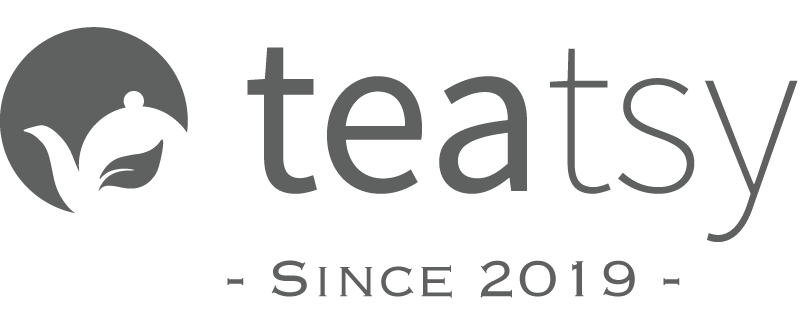Loose Leaf Tea vs Tea Bags: Pros and Differences
Apr 26,2024 | TeaTsy Team
When it comes to drinking tea, many people are familiar with reaching for the tea caddy, picking up the tea leaves, and steeping them in tea sets. It's convenient and quick. But in the tea world, which is more convenient: loose leaf tea or bagged tea? That one is better has caused a lot of controversy. Both have their loyal fans, their advantages, and their unique flavors. What exactly are their advantages and differences? It will be discussed in this article.
What is Loose Leaf Tea?
Leaf tea offers an authentic tea experience, allowing enthusiasts to savor its pure essence. Let's delve into what makes loose tea special, from its definition to its production process and diverse types.
- Definition and Characteristics: Loose tea comprises complete or partially broken tea leaves, herbs, or fruits, free from bags or infusers. It preserves the leaves' natural oils, flavor, and aroma, offering a nuanced taste reflective of its origin and processing.
- Making Loose Leaf Tea: The process begins with the delicate plucking of tea leaves, followed by meticulous processing to unlock their full potential. This involves withering and kneading, along with oxidation, roasting, or steaming based on desired flavor profiles. Careful packaging maintains freshness until delivery.
- Types of Loose Leaf Tea
- Black Teas: Fully oxidized, with a robust flavor and deep color. Varieties include Assam, Darjeeling, and Earl Grey.
- Green Tea: Light and refreshing, with natural antioxidants and a delicate flavor. Types include sencha, gunpowder tea, and jasmine tea.
- Oolong Tea: Complex flavors, ranging from floral to textural, with partial oxidation. Notable varieties include Tieguanyin, Dongting, and Phoenix Dandenong.
- White Tea: Delicate taste and subtle sweetness, minimally processed to highlight natural flavors. Examples include Silver Needle and White Peony.
- Herbal Teas: Caffeine-free blends of herbs, flowers, fruits, and spices, offering various flavors and health benefits. Popular options include chamomile, peppermint, and hibiscus.
What is a Tea Bag?
Tea bags have revolutionized the way we drink tea on a daily basis, making it convenient and simple without compromising on taste. Let's learn more about the nature of tea bags.
- Definition and Characteristics: Tea bags are small, porous pouches containing tea or herbs, made of filter paper, silk, or food-grade plastic. They facilitate easy steeping and removal of leaves, available in various shapes and sizes.
- Manufacturing Process: Filtering material is cut, tea or herbs are packed, and bags are sealed using heat or ultrasonic technology. Quality checks ensure aroma, flavor, and appearance meet standards before packaging and distribution.
- Types of Tea Bags
- Flat Tea Bags: Traditional rectangular pouches made from filter paper.
- Pyramid Tea Bags: Triangular-shaped bags designed for enhanced water circulation and flavor extraction.
- Round Tea Bags: Similar to flat tea bags but with a round shape.
- Mesh Tea Bags: Made of fine mesh material, allowing steeping of larger teas while preventing debris escape.
- Silk Tea Bags: Deluxe bags made of silk or silk-like material, ideal for taller teas and herbal blends.
Advantages of Loose Tea and Tea Bags
Whether you prefer the ritual of brewing loose leaf tea or the convenience of bagged tea, each type of tea has its own advantages. Let's explore the benefits of loose leaf tea and bagged tea.
Benefits of Loose Leaf Tea
Fresher Taste
Loose leaf tea boasts a fresher and more vibrant taste compared to tea bags. Since loose tea leaves are less processed and retain their natural oils and flavors, each cup offers a robust and nuanced taste that is unmatched by its bagged counterparts.
Better Quality
Loose leaf tea offers greater control over tea quality. You can visually inspect the leaves, ensuring freshness and avoiding low-grade tea dust often found in tea bags.
Customizable Brewing
One of the greatest advantages of loose leaf tea is the ability to customize your brewing process. You can adjust factors such as steeping time, water temperature, and tea-to-water ratio to suit your personal taste preferences, resulting in a perfectly tailored cup of tea every time.
Benefits of Tea Bags
Convenience
Tea bags offer unparalleled convenience, making them ideal for busy lifestyles or on-the-go brewing. Simply pop a tea bag into your mug, add hot water, and you're ready to enjoy a cup of tea in minutes, without the need for additional equipment or cleanup.
Portability
Tea bags are compact and lightweight, making them easy to carry and transport wherever you go. Whether you're traveling, at work, or simply enjoying outdoor activities, tea bags allow you to enjoy your favorite brews without the hassle of loose tea leaves or brewing equipment.
Less Mess
Unlike loose leaf tea, which requires strainers or infusers to separate the leaves from the liquid, tea bags eliminate the need for additional cleanup. Simply remove the tea bag from your cup after brewing, discard it, and enjoy your tea without worrying about loose leaves or sediment.
Loose Leaf Tea vs Tea Bags: Differences
The debate between loose leaf and bagged tea goes far beyond the issue of convenience and includes a range of factors that affect flavor, brewing experience, environmental impact and cost. Let's explore their key differences.
Flavor and Aroma
- Loose Leaf Tea: Made from whole or partially broken leaves, retains natural oils and volatile compounds for a complex brew.
- Bagged Tea: Often contains finely ground or powdered tea, resulting in a uniform flavor but less finesse. Smaller tea particles in bags limit flavor and aroma release, yielding a less intense taste.
Brewing methods and customization
- Loose Leaf Tea: Allows for customization and control in brewing. Enthusiasts can adjust steeping time, water temperature, and tea-to-water ratio for personalized taste. Using a tea infuser maximizes flavor and aroma.
- Tea Bags: Provide a standardized brewing method with pre-measured tea leaves. However, they can restrict leaf expansion, leading to a less flavorful brew compared to loose leaf tea.
Environmental Impact
- Loose Leaf Tea: Bulk purchases and reusable containers reduce packaging waste. Biodegradable teapots or strainers can be used, minimizing environmental impact.
- Tea Bags: Many are made from non-biodegradable materials like nylon or polypropylene, contributing to plastic pollution in landfills. Even compostable bags may contain non-biodegradable plastic components. Individual packaging adds to waste generation.
Cost Comparison
- Loose leaf tea: Initial cost may be higher, but long-term value is greater. Bulk purchase makes it more cost-effective per serving compared to individually wrapped tea bags.
- Bagged Tea: More affordable and convenient for daily use, but long-term costs can accumulate, especially for premium blends. Lower quality and freshness may compromise flavor and aroma compared to loose leaf teas.
Where Can I Buy Loose Tea and Tea Bags?
You can purchase loose tea and tea bags from several sources, including specialty tea shops, online retailers, farmers markets, grocery stores, and tea boutiques. These establishments offer a wide selection of loose leaf teas and tea bags to cater to different preferences and tastes. Whether you're looking for unique blends at a farmers market or the convenience of online shopping, there's something for everyone in the loose leaf tea market.
Conclusion
In conclusion, the debate between loose leaf tea and bagged tea encompasses a variety of factors that affect flavor, aroma, brewing method, environmental impact, and cost.
Whether you prefer the rich flavor of loose leaf tea or the convenience of bagged tea, there is always a tea experience waiting to be discovered. Embrace the diversity of the tea world and experiment with different blends and brewing methods.









